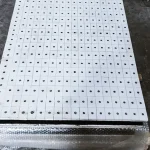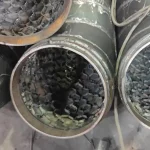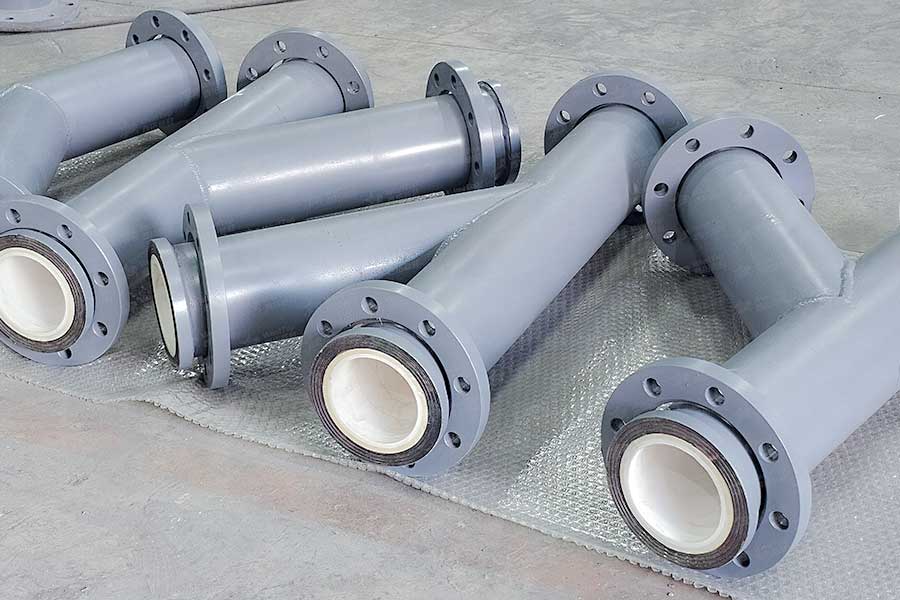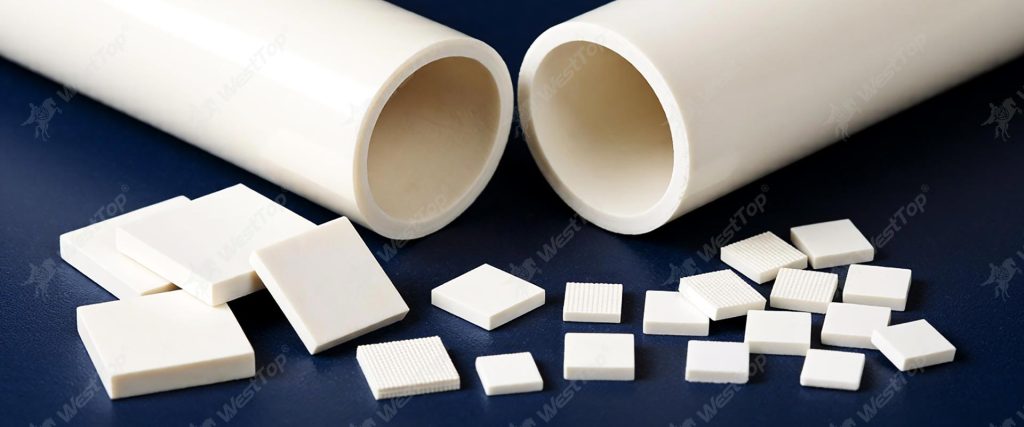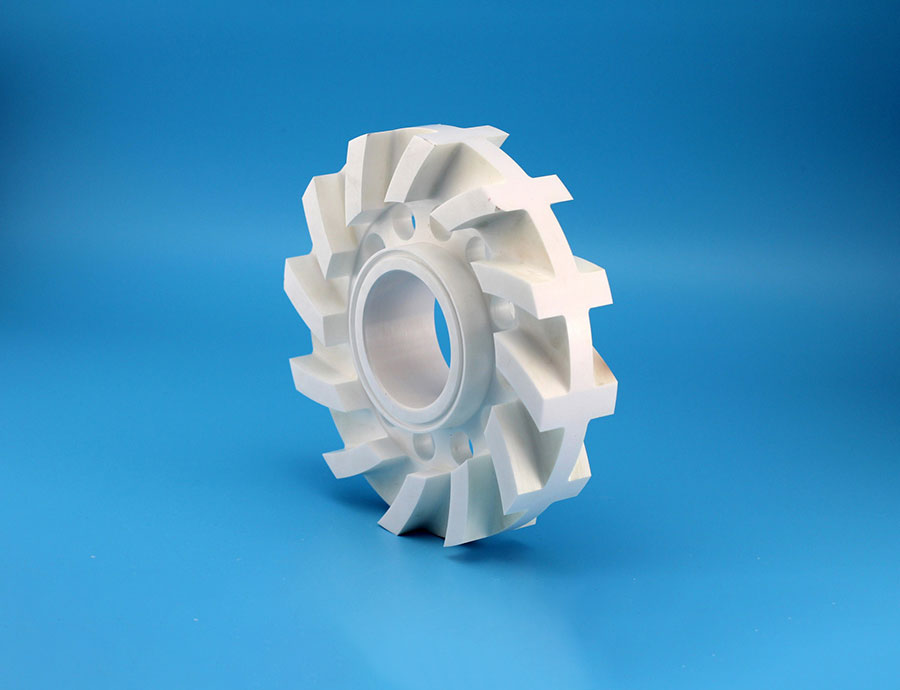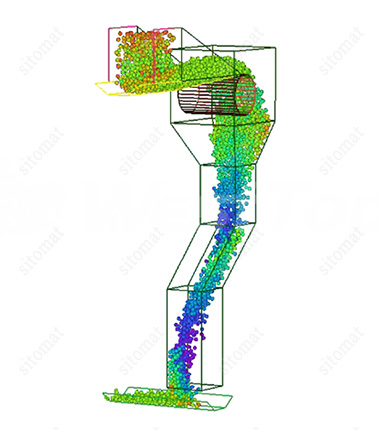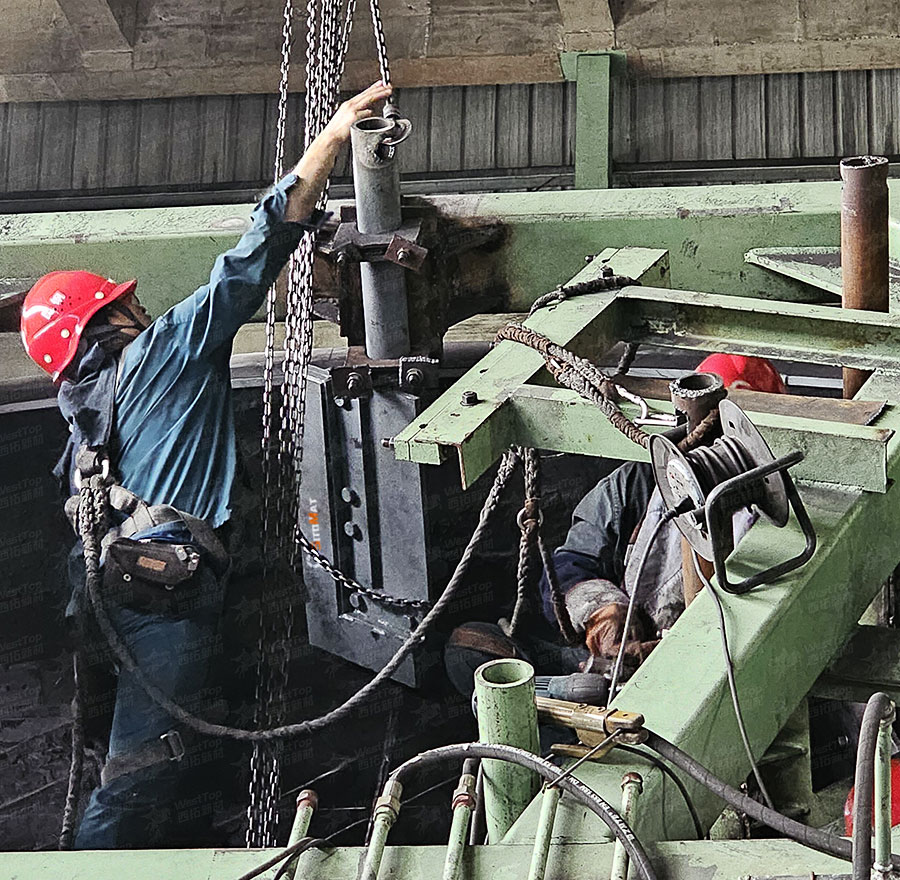
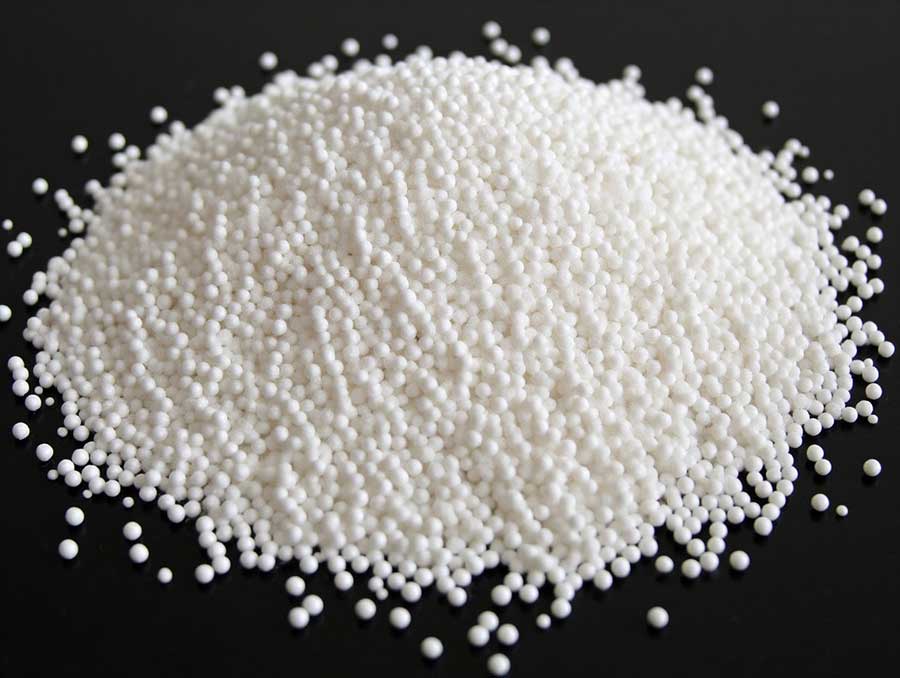
What is nano-ceramics ?
In the field of material science, nanoceramics, as a new type of superstructure ceramic material, have achieved remarkable development results in the past 20 years and have had a profound impact on many industries. Nano-ceramic is a kind of composite material. Its preparation process optimizes the properties of ceramic materials by introducing nano-scale ceramic particles, whiskers or fibers into the ceramic matrix.

Excellent properties of nano-ceramics
From the perspective of material performance improvement, nano-ceramics significantly improve the room temperature mechanical properties of the matrix material. Traditional ceramics have limitations in many application scenarios due to their brittleness and insufficient toughness at room temperature. In nano-ceramics, nano-sized particles and whiskers form a special microstructure, which effectively inhibits crack propagation and enhances the strength and toughness of the material. This performance advantage makes nano-ceramics have high application value in mechanical manufacturing, aerospace and other fields. Taking the manufacture of aero-engine blades as an example, the high strength and toughness of nano-ceramics can ensure the stable operation of blades in high-speed rotation and complex mechanical environment, and significantly improve engine performance and reliability.
In terms of high temperature performance, nano-ceramics also show excellent advantages. Traditional ceramics are prone to softening and deformation in high temperature environment, while nanoceramics can maintain good stability and mechanical properties under high temperature conditions due to their unique microstructure and material properties. The existence of nanoparticles improves the thermal stability of the material, so that it can still maintain high strength and hardness at high temperature. This characteristic makes nano-ceramics suitable for high-temperature furnace lining, heat exchanger and other equipment manufacturing in high-temperature industrial fields such as metallurgy and glass manufacturing, effectively extending the service life of equipment and improving work efficiency.
In addition, nanoceramics also have two unique advantages : machinability and superplasticity. The machinability of nano-ceramics makes it possible to achieve precision machining and forming similar to metal materials, which significantly improves the machining efficiency and accuracy, and creates favorable conditions for its application in precision machinery, electronics and other fields. Superplasticity endows nano-ceramics with the ability to produce large plastic deformation under certain conditions, so that they can manufacture complex-shaped parts through plastic processing technology, which greatly expands their application space in the manufacturing field.
Application of nano-ceramics
The technological breakthrough of nanoceramics not only promotes the development of materials science, but also brings new opportunities for many industries. In the field of electronic information, its high dielectric constant and good insulation properties make it an ideal material for electronic components such as high-performance capacitors and sensors. In the field of biomedicine, the biocompatibility and mechanical properties of nanoceramics meet the manufacturing needs of biomedical devices such as artificial bones and teeth, and provide support for the development of medical and health undertakings.
However, the industrialization process of nanoceramics faces many challenges. At present, the problem of uniform dispersion of nanoparticles and complex preparation process limit the large-scale production of nanoceramics. Higher manufacturing costs also affect its market promotion. With the increase of scientific research investment and the continuous innovation of technology, these constraints are expected to be gradually solved.
In the future, nano-ceramics are expected to be widely used in more fields, continue to promote the progress of material science and technology, and create more value for social development. With the continuous maturity of technology, nano-ceramics will play a more important role in the field of material science and help industries develop in a more advanced and efficient direction.

